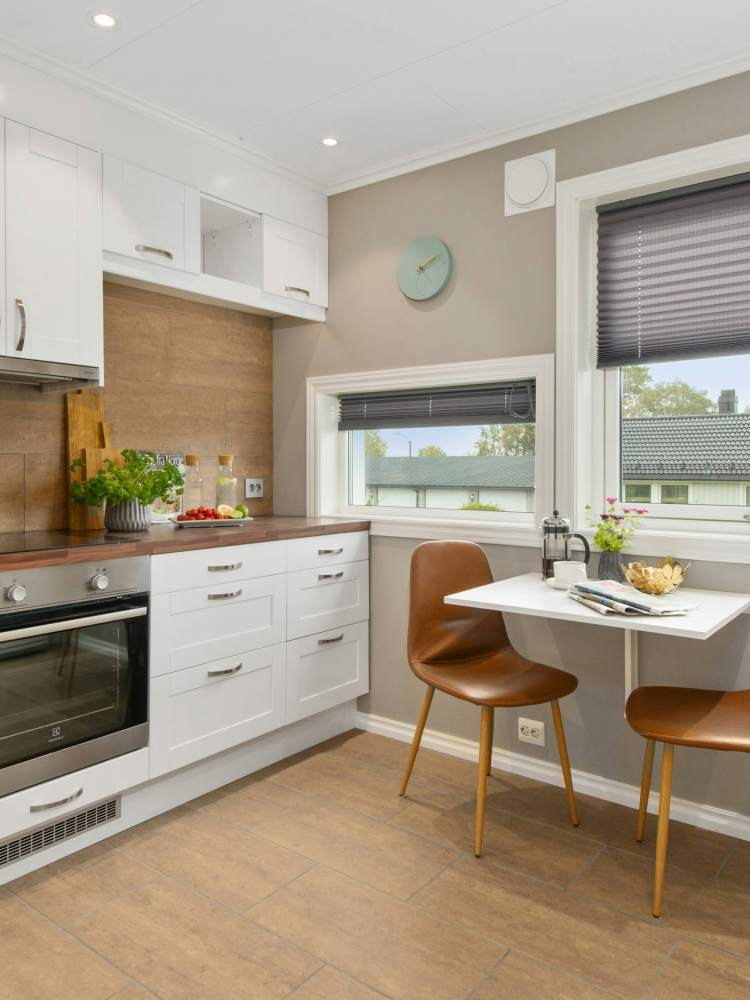Reserve at Town Center
- 9 units available
- 1 bed • 2 bed
- Amenities
In unit laundry, Nest technology, Patio / balcony, Dishwasher, Pet friendly, Garage + more
In unit laundry, Nest technology, Patio / balcony, Dishwasher, Pet friendly, Garage + more
In unit laundry, Patio / balcony, Pet friendly, Gym, Pool, Trash valet + more
In unit laundry, Putting green, Patio / balcony, Granite counters, Dishwasher, Pet friendly + more
In unit laundry, Patio / balcony, Pet friendly, 24hr maintenance, Parking, Stainless steel + more

On-site laundry, Patio / balcony, Pet friendly, Elevator, Smoke-free community, Smoke-free units + more
Nest technology, Pet friendly, Stainless steel, Walk in closets, Gym, Pool + more
Patio / balcony, Granite counters, Dishwasher, Stainless steel, Air conditioning, and Playground
On-site laundry, Patio / balcony, Hardwood floors, Dishwasher, Parking, Recently renovated + more
In unit laundry, Patio / balcony, Dishwasher, Parking, Walk in closets, Pool + more

In unit laundry, Patio / balcony, Dishwasher, Pet friendly, Parking, and Microwave
On-site laundry, Patio / balcony, Granite counters, Hardwood floors, Dishwasher, Parking + more
Patio / balcony, Dishwasher, Garage, Recently renovated, Fireplace, Bbq/grill + more
In unit laundry, Dishwasher, Garage, Recently renovated, Microwave, Garbage disposal + more
Patio / balcony, Garage, Pool, Playground, Fireplace, Microwave + more
Patio / balcony, Pool, Ceiling fan, and Clubhouse
Searching for an apartment for rent in Sterling, VA? Look no further! Apartment List will help you find a perfect apartment near you. There are 21 available rental units listed on Apartment List in Sterling. Click on listings to see photos, floorplans, amenities, prices and availability, and much more!
The average rent in Sterling is $2,105 for a studio, $1,932 for a one-bedroom apartment, and $2,671 for a two-bedroom apartment. If you are looking for a deal, keep an eye out for a red pulsing icon that indicates rent specials.
Tired of browsing? Take our personalized quiz. You’ll answer a couple of simple questions and we’ll put together a list of Sterling apartments that are best for you. We’ll also factor in your commute, budget, and preferred amenities. Looking for a pet-friendly rental, or an apartment with in-unit washer and dryer? No problem, we’ll provide you with apartments that match that criteria.
You can trust Apartment List to help you find your next Sterling, VA apartment rental! After all, everyone deserves a home they love.
*Based on base prices that don’t include fees
With its expansive parks, proximity to the Potomac River, and idyllic, American history, it’s not hard to see why President James Buchanan once spent his summers idling about and living in this ever blooming and beautiful little suburb of Washington, D.C..
Located northwest of Herndon and west of Great Falls, Sterling may have a small-town, farmer’s history, but it’s increasingly working to shed that image
View Sterling City GuideWith its expansive parks, proximity to the Potomac River, and idyllic, American history, it’s not hard to see why President James Buchanan once spent his summers idling about and living in this ever blooming and beautiful little suburb of Washington, D.C..
Located northwest of Herndon and west of Great Falls, Sterling may have a small-town, farmer’s history, but it’s increasingly working to shed that image
